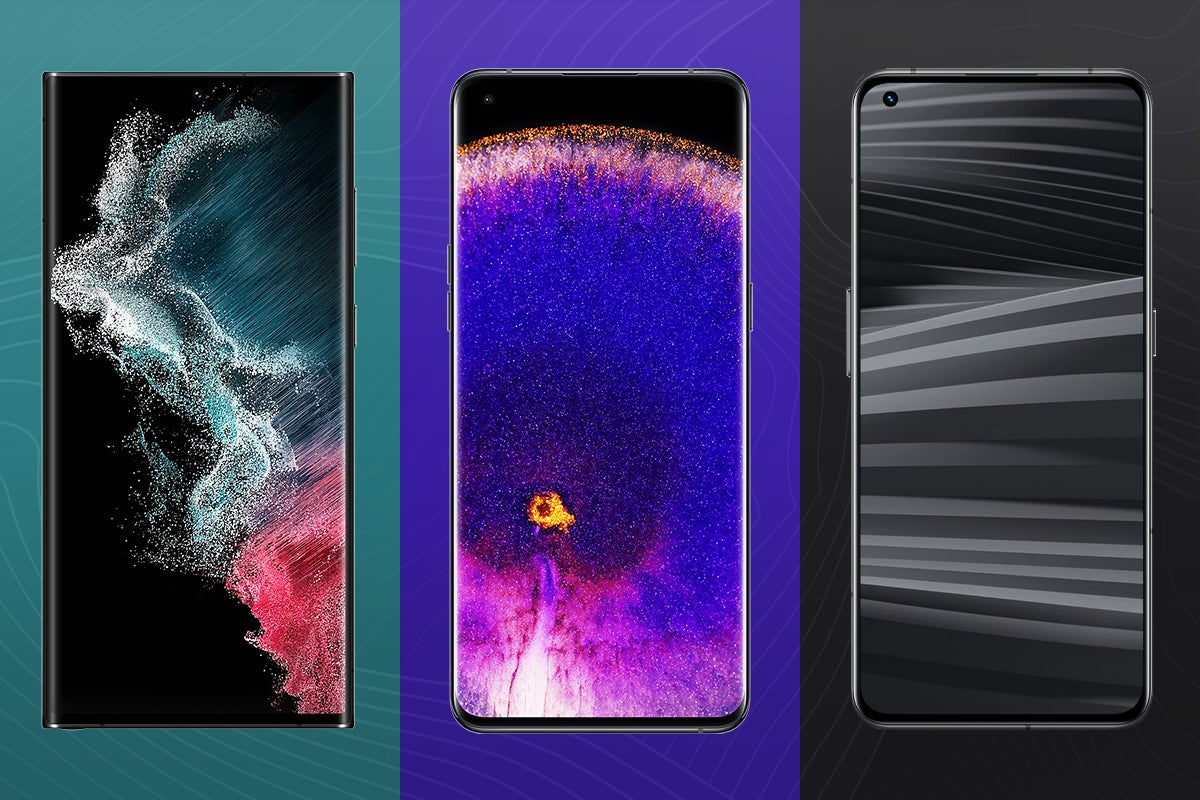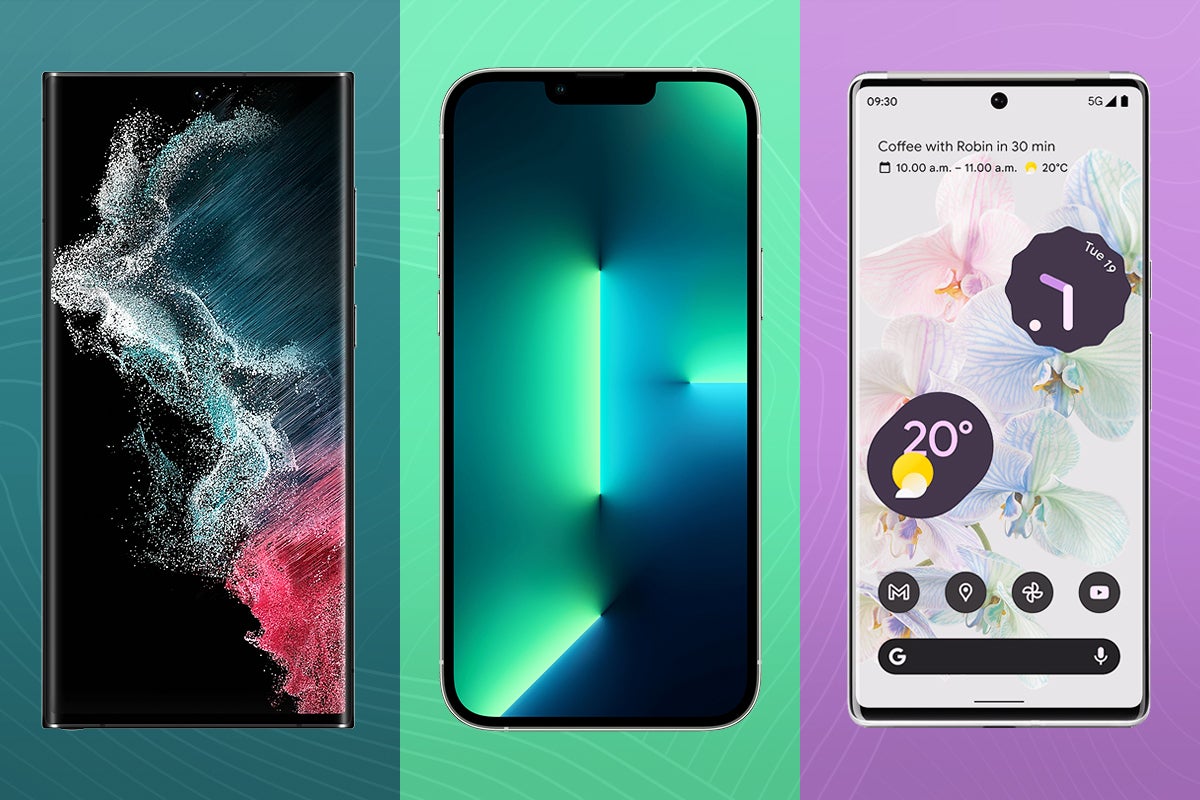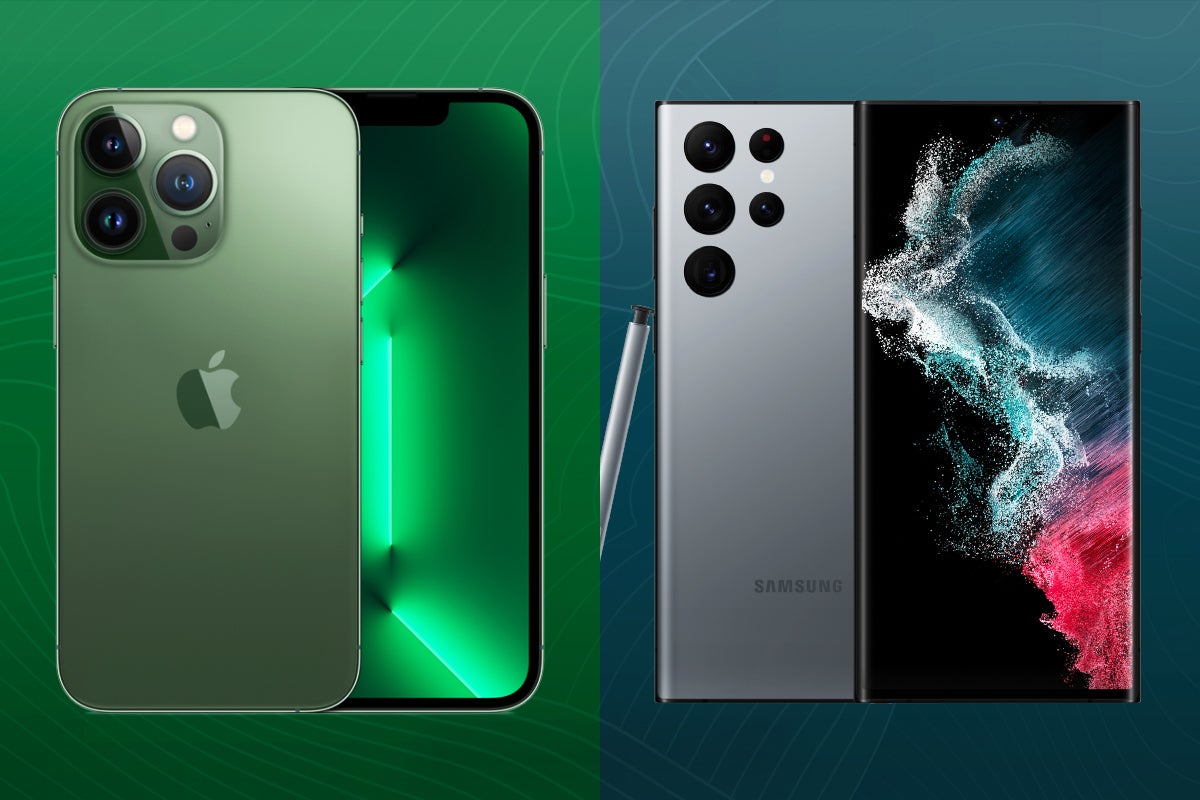Xiaomi 12 Review
Xiaomi's latest is a very good Android phone
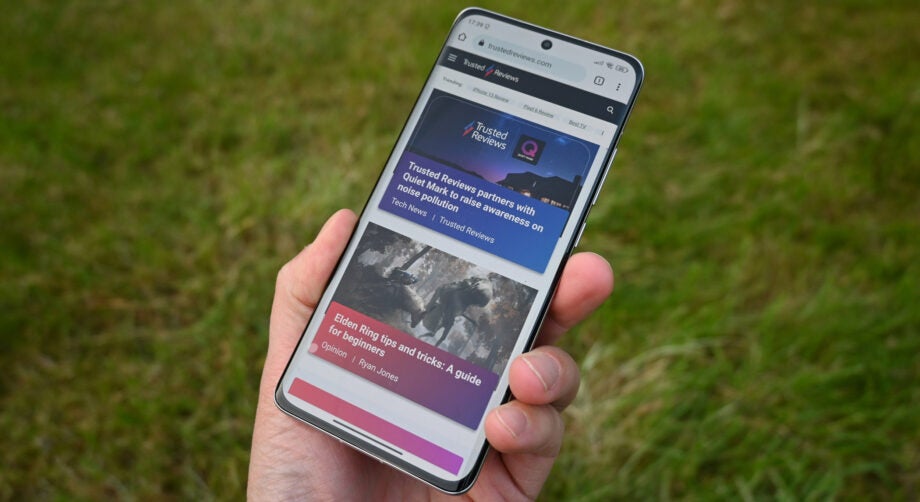

Verdict
Compact dimensions and flagship-grade internals make the Xiaomi 12 a rare breed. Its combination of performance, image quality, premium design and capable cameras would normally be reserved for larger handsets, but there are no such compromises here for those who prefer a more palm-friendly phone. It just lacks a few features – a telephoto rear camera and expandable storage, for example – that would make it truly exceptional.
Pros
- Flagship-grade performance
- Compact design has wide appeal
- Rapid wired and wireless charging
Cons
- MIUI Android skin has many quirks
- Lacks a dedicated telephoto camera
- No IP rating or expandable storage
Availability
- UKRRP: £749
- USARRP: $749
- EuropeTBC
- Canadaunavailable
- Australiaunavailable
Key Features
- Snapdragon 8 Gen 1 Processor The CPU is flagship-tier, being the same one you’ll find on the Samsung Galaxy S22 Ultra
- Smaller dimensionsPleasantly smaller than rival flagships, which can be rather unwieldy because of their big screens
- Fast chargingAt 67W, wired charging can deliver an empty-to-full charge in 40 minutes, while 50W wireless charging isn’t far behind if you have a compatible charger
Introduction
Compact flagship phones don’t come around very often, with the iPhone 14 and Samsung Galaxy S23 largely running unopposed. The Xiaomi 12 offers a decent alternative.
The middle child of the three 2022 flagship Xiaomi phones, the Xiaomi 12 has now been superseded by the Xiaomi 13 which comes with a flashier camera, flatter design and nicer display. But, as you’ll below, the Xiaomi 12 remains a good small form-factor Android phone.
Design and Screen
- Subtle frosted-glass finish
- Beautiful, sensibly sized screen
It might only be around half an inch smaller than its closest rivals, but the Xiaomi 12 felt considerably more compact on first picking it up. Weighing 179g, this is a phone you can comfortably use with one hand.
The metal frame and frosted-glass rear look suitably premium, and the latter does an excellent job of disguising fingerprint smudges. The triple rear cameras are neatly grouped in a single module, which does protrude significantly – but not so much that it would catch when sliding in and out of a pocket.
On the front face, slim bezels and slightly curved side edges give the impression the 6.28-inch display is larger than it really is. A hole-punch notch at the centre of the screen holds the front-facing camera. The Gorilla Glass Victus panel survived a week of general use with no visible marks or scuffs, but the lack of an official IP rating means there’s no guarantee of protection if you get caught in a rain shower, which is disappointing in a flagship phone at this price.
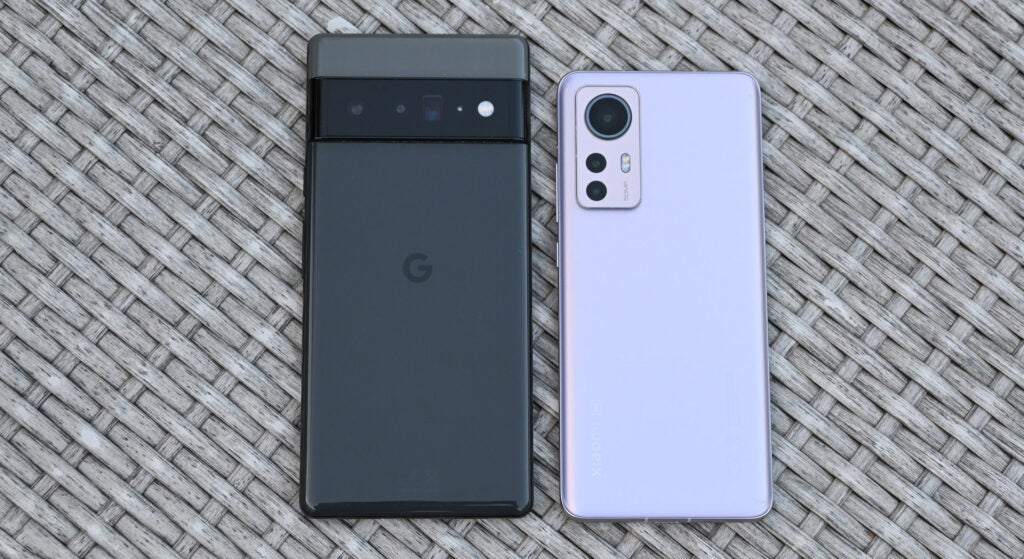
I was impressed at how quickly the under-display fingerprint scanner detected my digits, unlocking faster than the Google Pixel 6 Pro – and with greater consistency when covering only a portion of the sensor. The rather anaemic vibration motor was a letdown, though.
By opting for a smaller screen than the norm, you do lose out in terms of overall resolution. The Xiaomi 12 falls behind premium 2022 rivals such as the Samsung Galaxy S22 Ultra and the Sony Xperia 1 III, but I never felt like I was missing out: streaming video, social media feeds and games still looked perfectly crisp at Full HD+ (1080 x 2400).
In all other respects, the display makes no concessions, with a 120Hz variable refresh rate that can lower its frequency with static content in order to save battery. Scrolling through web pages is super-smooth, and the 480Hz touch sampling rate delivers the fastest possible response in games.
Image quality is excellent across the board, with the impeccably deep blacks only possible with an OLED panel. Colours are vivid on the default Vibrant preset without feeling too lurid, but the Original preset delivers a more true-to-life presentation. HDR10+ support makes compatible content really pop, with impressive detail in areas of shadow as well as bright highlights.
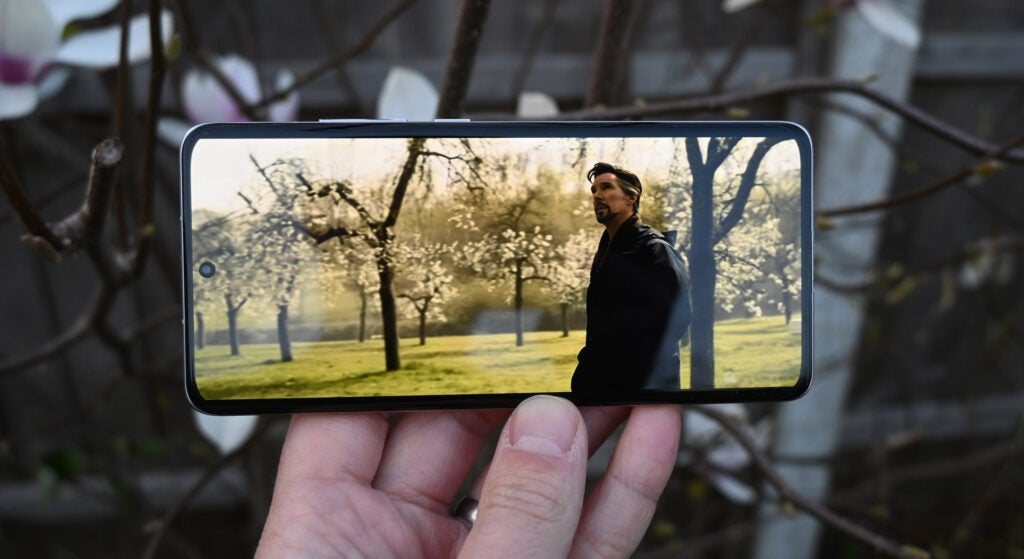
A quoted 1100-nit peak brightness isn’t quite as high as what you’ll find on the Samsung Galaxy S22+, but I had no complaints in terms of outdoor visibility. The Xiaomi 12 was perfectly legible, even under bright sunlight.
Camera
- Triple-sensor rear camera
- Excellent results in a variety of lighting conditions
Unlike the Xiaomi 12 Pro, which has three matching 50-megapixel rear cameras, only one of the vanilla 12’s sensors has such a high pixel count. Instead, the secondary ultra-wide camera has a 13-megapixel sensor, and the macro lens makes do with 5 megapixels.
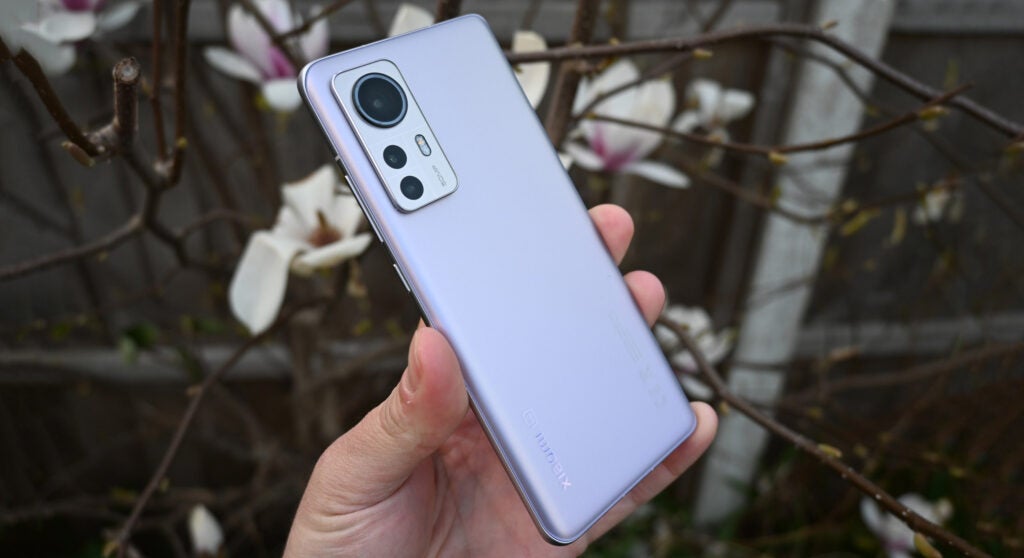
Still, I had high expectations given the phone’s flagship status, and the main sensor certainly delivers. Images are detailed, with sharpness across the frame, and very little noise, even in lower light settings. Exposure is handled well and dynamic range is wide, with the camera usually preserving highlights rather than finding extra shadow detail, in a similar manner to the iPhone 13.
Colours are arguably a little more saturated than is lifelike, and in general images are more contrast-heavy than you’ll find with those taken on the Google Pixel 6 or Samsung Galaxy S22. The AI enhancement only cranks this up further, and so is best left disabled.


There’s a dedicated Night mode, but even without it, the main sensor is capable of high-quality pictures. Highlights and shadows are balanced well, revealing a fair amount of detail, and colours are a little more reserved here than in daylight. Night mode sharpens things up considerably, but stays on the right side of realistic, and doesn’t add much visible noise. It’s also super-quick, needing just a second or two in near-total darkness.

By default the main sensor combines multiple pixels to create a 12-megapixel image, and while you can shoot at full resolution, images gain only a little extra detail, at the expense of much greater noise and overall softness.
The 2x zoom mode preserves a lot of the standard camera’s positives, but sharpness drops off quickly. Results are usable enough for social media and the like, but not up to par with rivals equipped with dedicated optics.
I wasn’t always convinced by the fake bokeh blur created by the Portrait mode. It defaults to a rather high setting; it looked better once I’d turned it down slightly. Edge detection is merely okay, but it does well to preserve facial features.

There’s a noticeable – although not huge – drop in quality when swapping to the ultra-wide camera, but colours stay largely consistent. Exposure and contrast remain on point, too, although the dynamic range isn’t quite as good, and the lack of optical image stabilisation made it trickier to achieve sharp shots in low light. The Night mode still works here, at least, and I achieved the best results with it enabled.
It’s a shame there’s no dedicated telephoto lens, however. This puts the Xiaomi 12 at a disadvantage compared to the Samsung Galaxy S22, but at least the third macro lens is a capable performer. Unlike cheaper handsets with more basic macro sensors, I was impressed with its ability to capture sharp, colourful images.
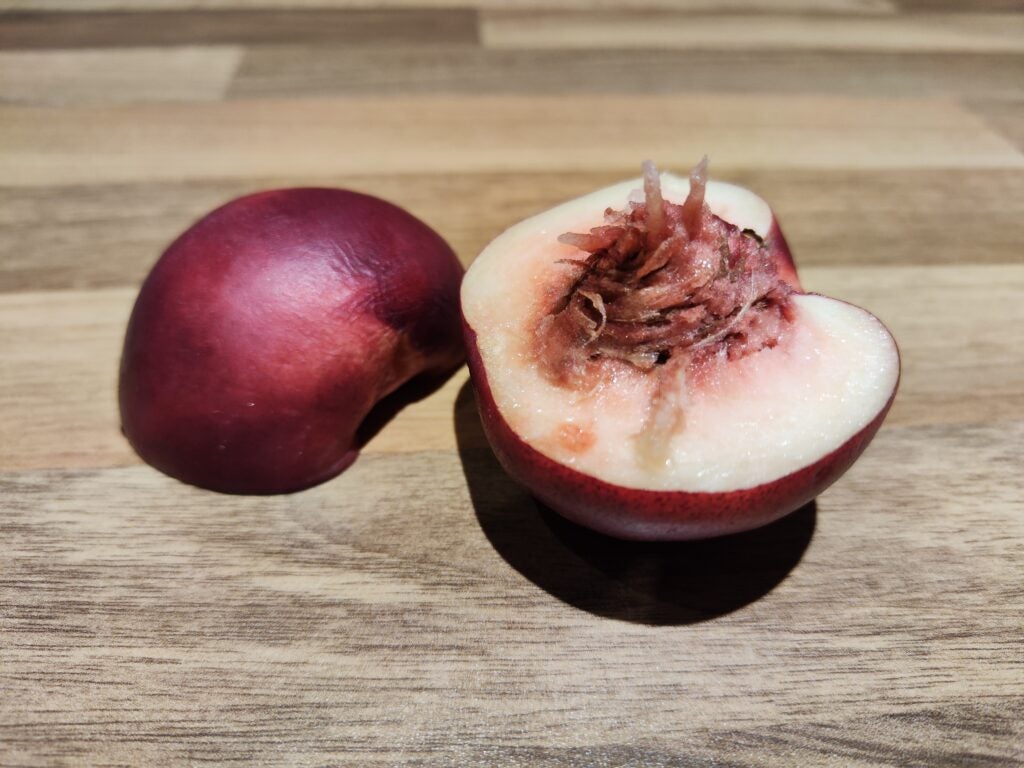
I wasn’t blown away by selfies captured by the 32-megapixel front-facing camera, which include plenty of detail, but seemed far more sensitive to light than the rear sensors. One scene in particular looked significantly washed out, while others lacked the level of sharpness I’d expect given the pixel count.
Performance
- Snapdragon 8 Gen 1 chipset on board
- Excellent all-round performance
Like a lot of 2022’s upcoming flagship phones, the Xiaomi 12 uses a Snapdragon 8 Gen 1 processor, which is both more powerful and more efficient than the Snapdragon 888 that featured in last year’s Xiaomi Mi 11.
This can be paired with either 8GB or 12GB of memory, and 128GB or 256GB of storage. My review sample was the 8GB + 256GB version, so I can’t speak for whether the top-end model benefits from the extra RAM. There’s no support for a microSD card, so you’ll want to buy as much storage as you can afford upfront.
Naturally, the Xiaomi 12 supports all the latest wireless standards, including 5G and Wi-Fi 6E, as well as NFC – not always a given on handsets from Chinese manufacturers – and even an IR blaster. I found the latter a handy inclusion for those occasions when my TV didn’t wake my soundbar correctly, saving me a trip off the sofa.
Not surprisingly, the Xiaomi 12 proved an excellent performer in everyday use, opening apps and games quickly, multitasking without regularly needing to reload apps, and showing no signs of stuttering or slowdown as I swiped between homescreens.
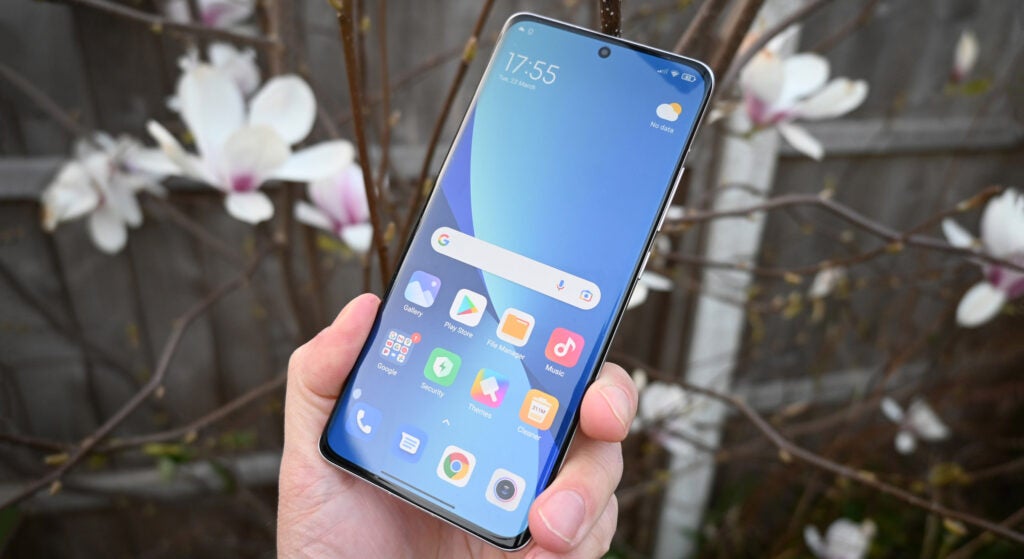
Performance in our tests put the Xiaomi 12 towards the very top tier of Android devices, and in front of the larger Samsung Galaxy S22 Plus, but still behind the Apple iPhone 13 and its A15 Bionic processor. GPU scores, meanwhile, fall only slightly behind dedicated gaming handsets such as the Red Magic 7.
Typically I expect larger phones to perform better than smaller ones, as they have more room for cooling, which in turn enables the processor to maintain higher clock speeds for longer. The Xiaomi 12 displayed no trouble in this regard, at least in synthetic benchmarks.
I found that it struggled in longer sessions of ultra-demanding games such as Genshin Impact, though, becoming hot to the touch and eventually lowering frame rates slightly. Less intense titles are perfectly playable for extended sessions, however; but serious gamers may be better served by a handset such as the ROG Phone 5.
The MIUI software sitting on top of Android 12 is quite the departure from the vanilla experience offered with the Google Pixel 6 or OnePlus 10 Pro. Some elements – the notifications tray, for example – are clearly inspired by Apple’s iOS, while others build on Google’s basic functionality.
I was pleased to see that many of these extras can be disabled if you don’t like them – the tabbed app drawer and thumbnail-based Recents screen are a big departure from the Android norm, if you’re not used to them. There are a fair few pre-installed apps that duplicate the functions of Google’s own, but most can be removed from the app drawer, if not uninstalled altogether.
Xiaomi’s promise of at least three Android operating system updates and four years of security patches suggests that the Xiaomi 12 will have a decent lifespan, although anyone looking to hold onto their device for longer may be better served by the Samsung Galaxy S22, which is set to receive five years of security patches and “up to” four generations of Android.
Battery Life
- Acceptable all-day battery life
- Fast wired charging with bundled adapter
- Equally quick wireless charging on supported devices
The Xiaomi 12 may not have a particularly large battery capacity for a flagship phone, but it has to be put into perspective: at 4500mAh, the cell is on a par with the Samsung Galaxy S22 Plus, yet here it’s powering a much smaller screen.
I found that it was quite capable of lasting a day of regular use. With a mix of web browsing, music streaming to a pair of Bluetooth headphones, YouTube playback and taking plenty of photos, I managed around five hours of screen-on time with around 20% remaining by bedtime.
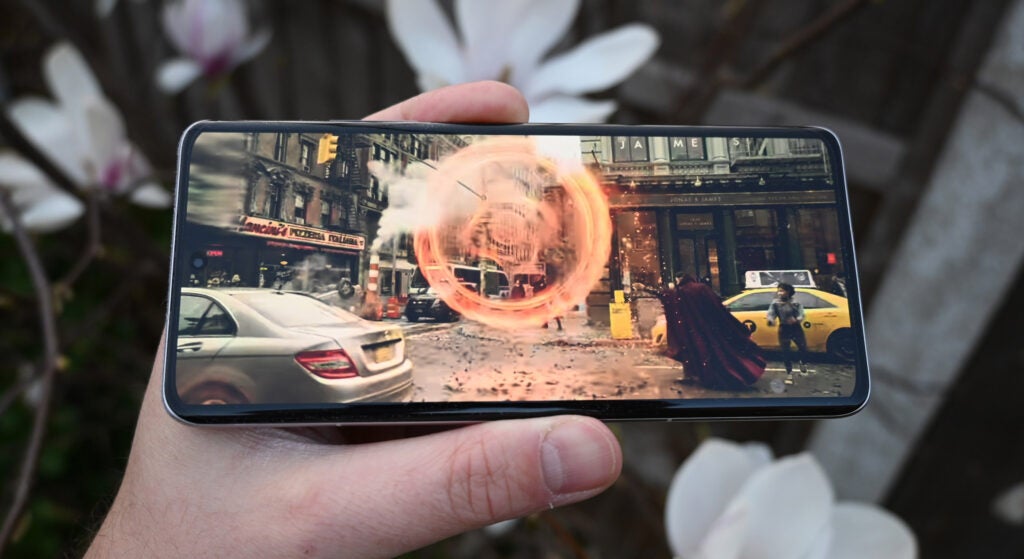
However, more demanding tasks drain the battery at a much faster rate, especially if you force the screen refresh rate to 120Hz. There are plenty of phones with better staying power, although few can also match the Xiaomi 12 for gaming performance.
Xiaomi promises support for 67W fast-charging, which equates to a full charge in 39 minutes. While this isn’t as rapid as the 120W-capable Xiaomi 12 Pro, it’s comfortably faster than Samsung’s latest Galaxy handsets, which only manage 45W. Using Xiaomi’s official USB-C adapter, I saw the battery topped up to 50% charge in 17 minutes, and all the way up to 100% in 44 minutes.
More impressive is the phone’s ability to wirelessly charge at up to 50W on a compatible Qi charging pad. Unfortunately, the only wireless pad I had access to could manage only 5W, so I couldn’t confirm Xiaomi’s claim that a full top-up takes 53 minutes. Reverse wireless charging is also a welcome addition, since it meant I could top up a pair of true wireless earbuds while away from home.
Latest deals
Should you buy it?
Great size: If you want a sensibly sized flagship phone, the Xiaomi 12 absolutely fits the bill. It takes great photos, charges quickly and delivers rapid performance – all for a sensible price.
Battery Life is far from the king: With merely average battery life and no telephoto lens, this is a step down from the very best flagships, and if you can manage a larger screen, there are cheaper alternatives that offer similar performance.
Final Thoughts
It would be all too easy to overlook the Xiaomi 12 in favour of the pricier Xiaomi 12 Pro, which promises superior battery life and charging speeds, plus a superior camera – at least on paper.
Performance, design and display quality are up there with the best flagship phones, yet everything has been squeezed into a more compact package. By not trying to cram in every feature possible, the Xiaomi 12 lands in a sweet spot that should give anyone considering a Samsung Galaxy S22 real pause for thought.
The lack of a telephoto rear camera and merely average battery life shouldn’t be overlooked, though. You’ll need to decide whether the compact dimensions are worth making concessions for, or whether a larger rival might serve you better in the long-run.
How we test
We test every mobile phone we review thoroughly. We use industry standard tests to compare features properly and we use the phone as our main device over the review period. We’ll always tell you what we find and we never, ever, accept money to review a product.
Used as our main handset during test period
All camera modes tested in a variety of situations
Tested with synthetic benchmarks and real world use
9 recharge cycles
FAQs
Aside from a larger, higher-resolution screen, the more expensive Xiaomi 12 Pro has a 50-megapixel telephoto rear camera, and faster 120W wired charging.
Beyond a new design, the Xiaomi 12 gets the latest Qualcomm Snapdragon processor, newer camera sensors with higher pixel counts, and the latest version of Android. Screen size has shrunk from 6.8in on the Mi 11 to 6.28in here.
Xiaomi is promising three Android operating system updates and four years of security patches for the 12.
Trusted Reviews test data
We run phones we review through a number of tests, and here is how the Xiaomi 12 scored.
Full specs
Here are all the important specs for the Xiaomi 12 and how they compare to some of the other recent devices from the brand.

